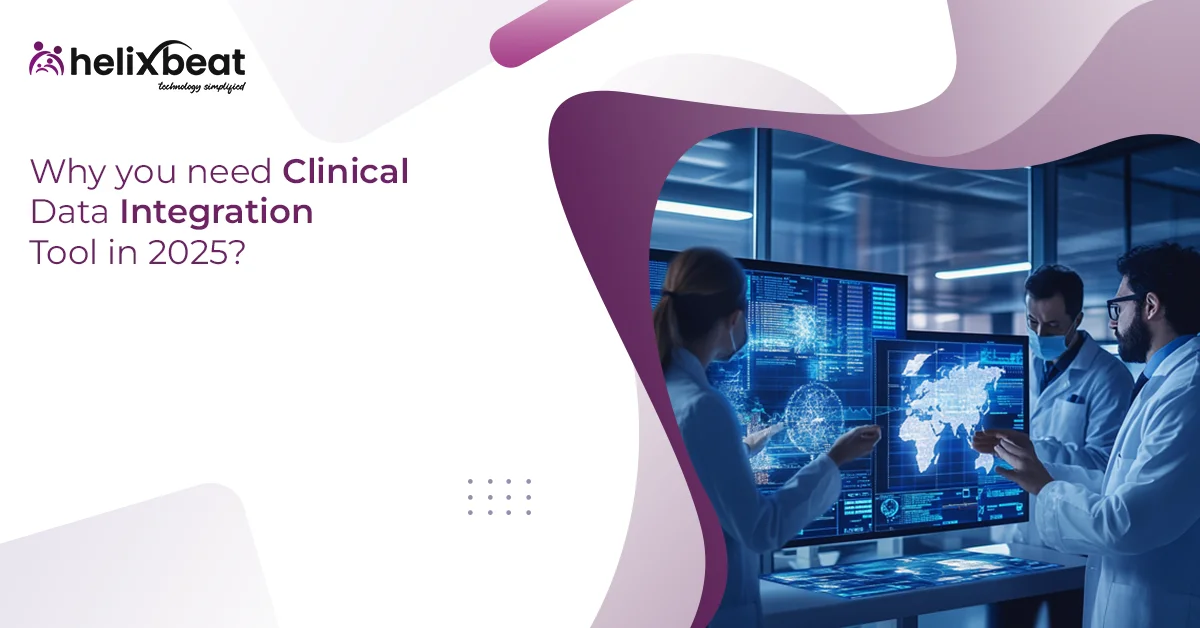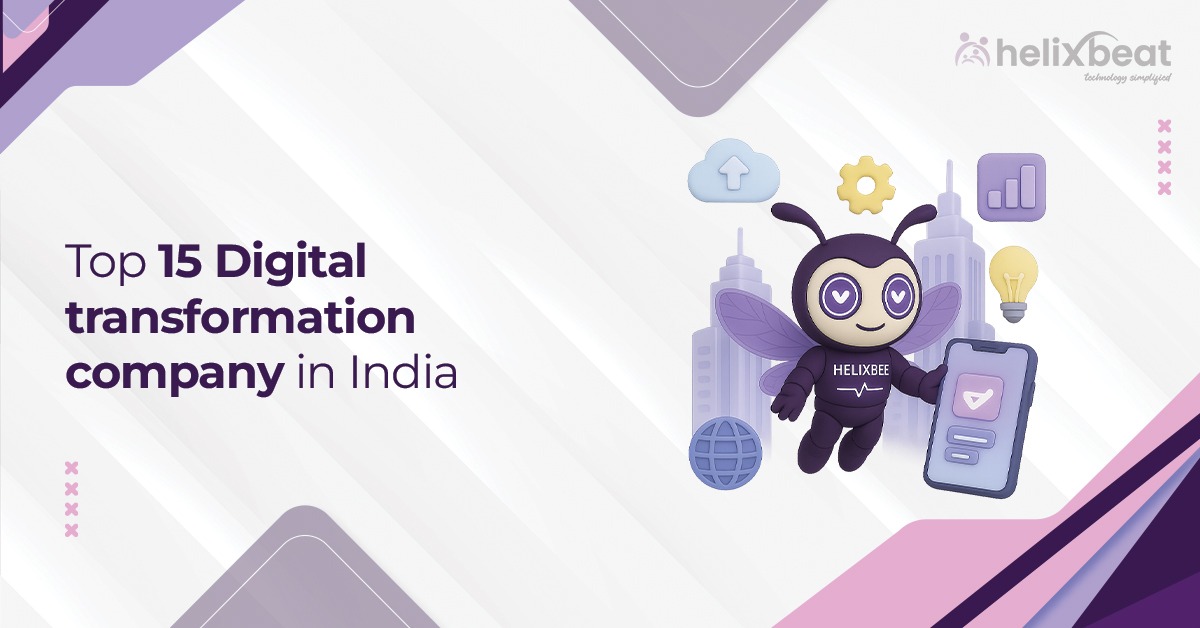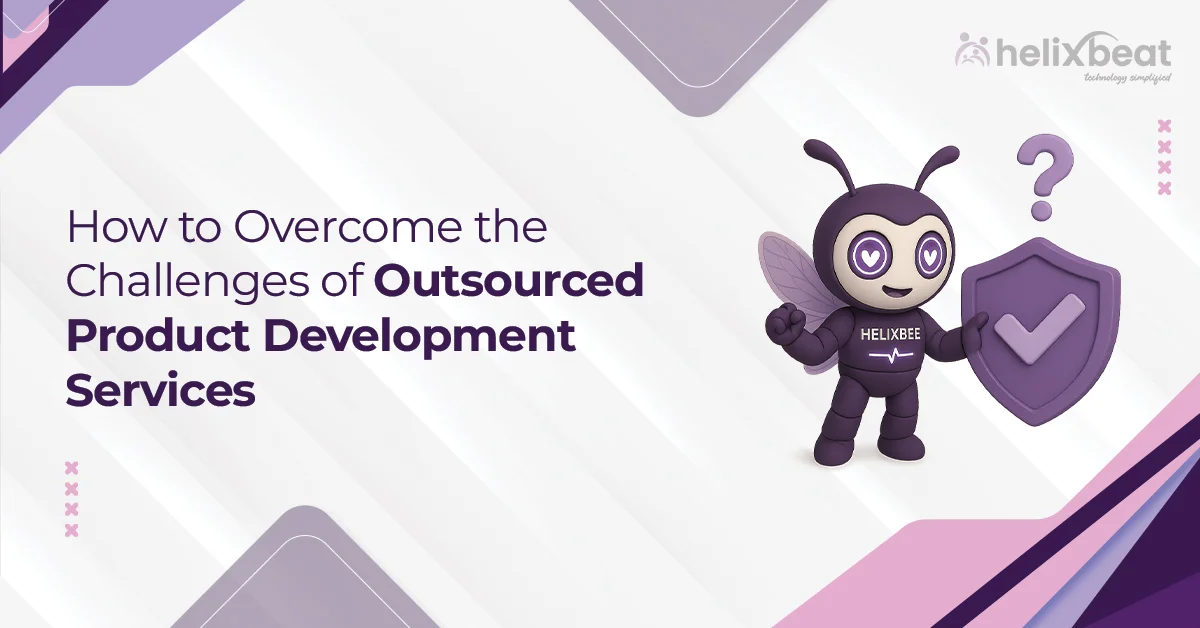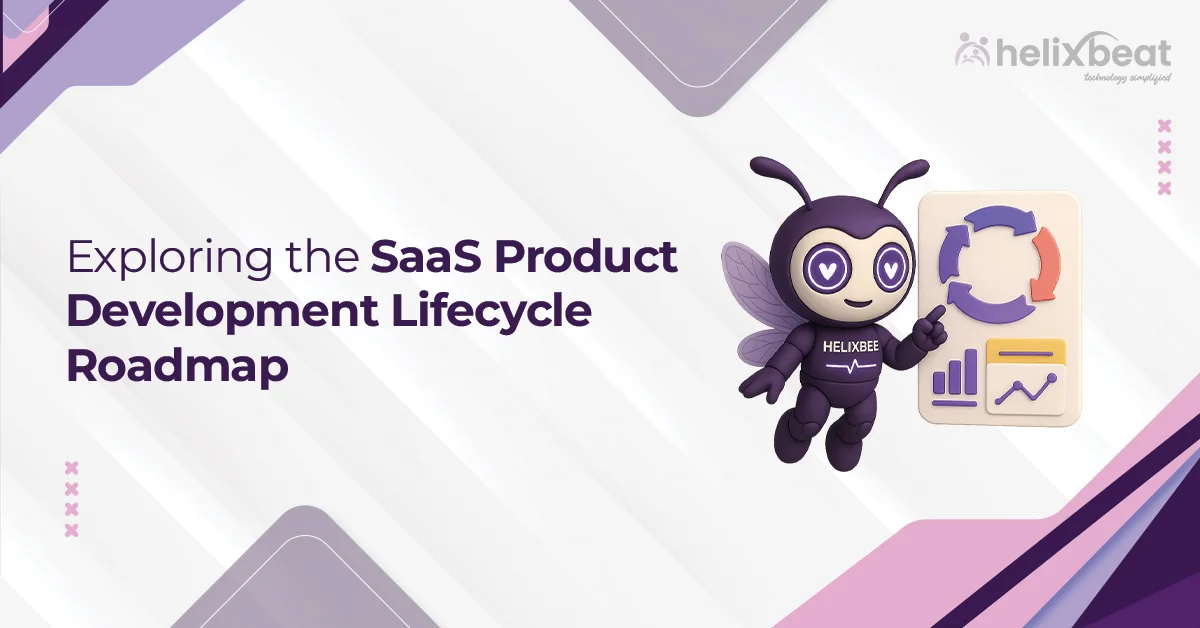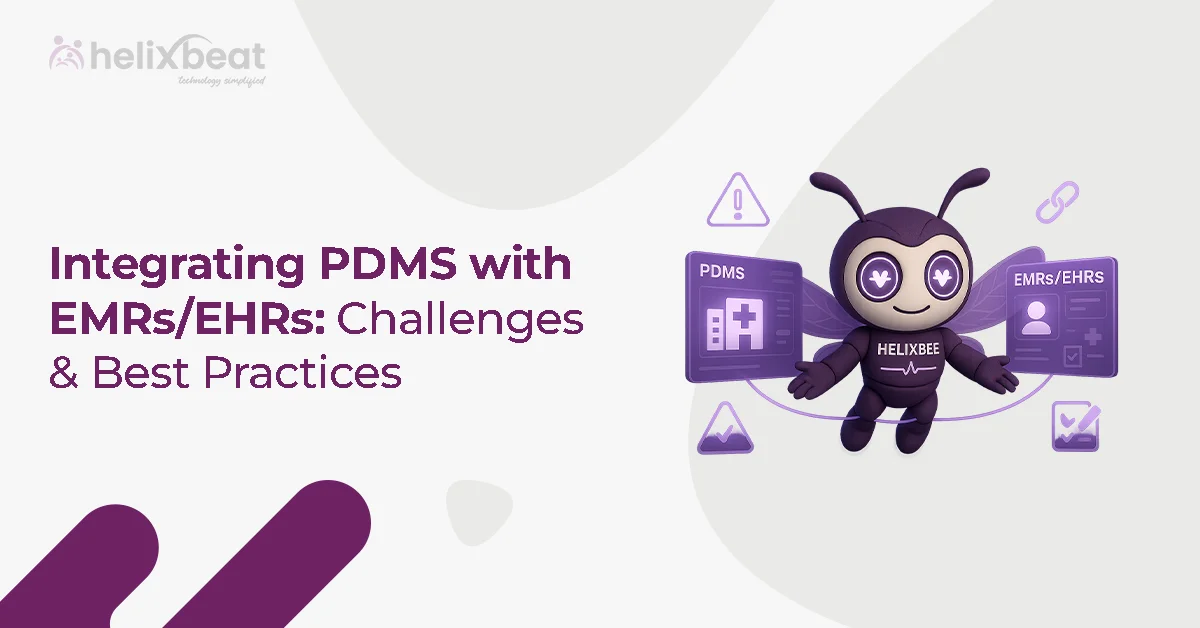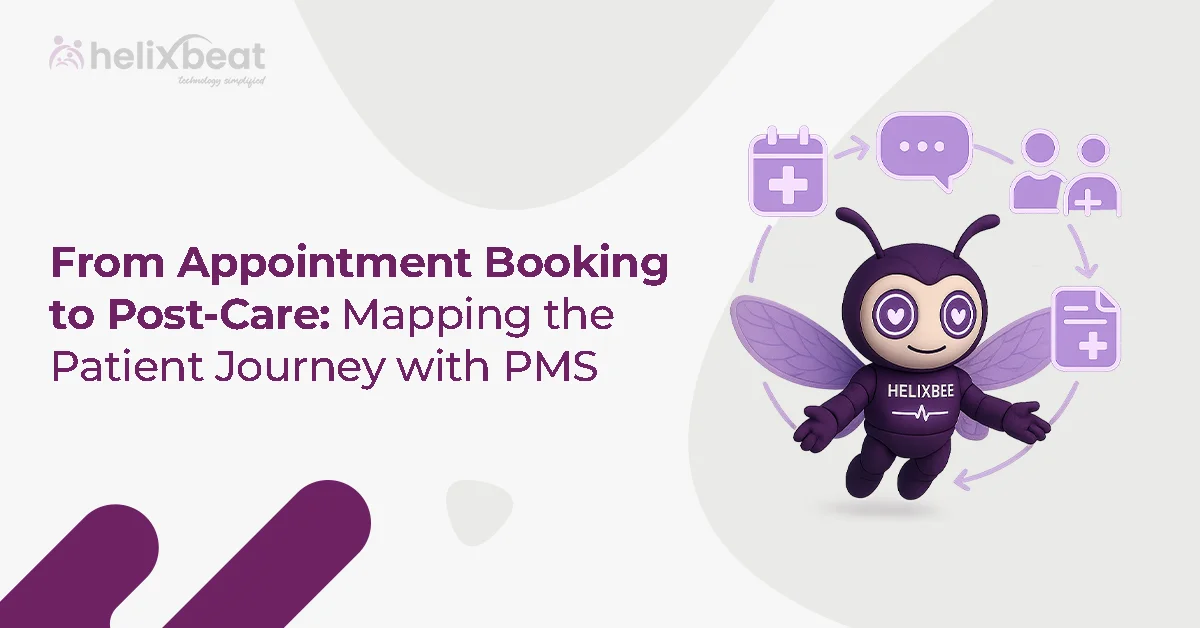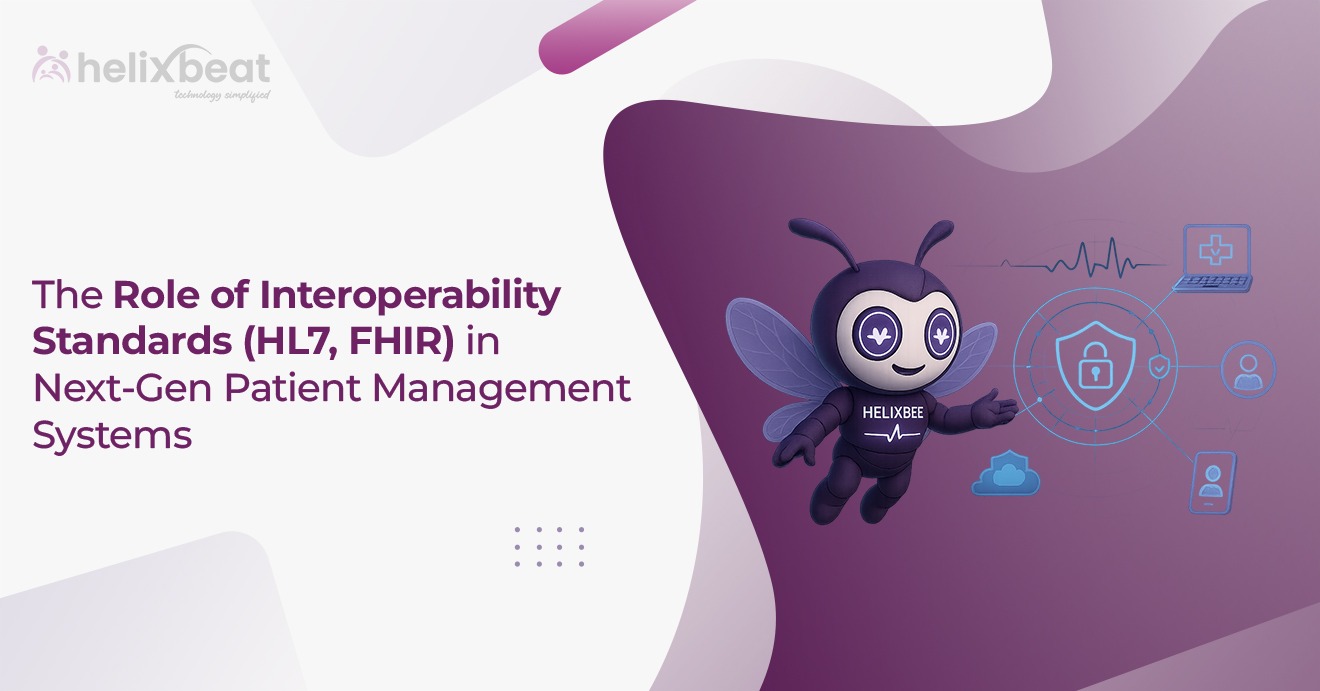In healthcare, data is everywhere. From electronic health records (EHRs) and lab results to wearable devices and patient portals, the volume of clinical information is skyrocketing. Yet, despite this abundance, many healthcare providers still struggle with fragmented, siloed systems that fail to provide a comprehensive view.
That’s where clinical data integration becomes a strategic necessity.

Table of Contents
The Data Dilemma in Healthcare Today
Let’s start with a reality check. Most hospitals and healthcare organizations rely on multiple specialized software systems to manage different aspects of patient care. From billing software and radiology systems to pharmacy records and outpatient platforms, data lives in too many places.
What does that mean for providers?
- Incomplete patient records
- Duplicate testing
- Delayed decisions
- Burnout due to manual reconciliation
In an era where healthcare needs to be faster, smarter, and more patient-centric, these issues create serious bottlenecks.
That’s where clinical data integration plays a key role in unifying, streamlining, and harmonizing healthcare information.
What Is Clinical Data Integration?
Clinical data integration refers to the process of combining data from various healthcare systems and sources into a unified platform. These tools allow structured and unstructured data to be collected, mapped, and made interoperable—creating a 360-degree view of patient care.
In simple terms, it’s like building a real-time health dashboard for every patient, where data from EHRs, labs, imaging systems, insurance databases, and wearables come together seamlessly.
This integration enables more informed clinical decisions, enhanced research, improved reporting, and enhanced patient engagement.
Trends That Make Clinical Data Integration a Must-Have
Today, several trends are making clinical data integration more relevant than ever:
1. Shift to Value-Based Care
Providers are now rewarded not just for treating patients, but for improving outcomes. To make that work, care teams need complete patient insights, predictive analytics, and the ability to spot gaps in care.
Fragmented data leads to fragmented care. On the contrary, clinical data integration helps deliver better value by giving providers access to the full story—from diagnosis to discharge.
2. Explosion of Health Data
According to IDC, healthcare data is growing at a faster rate than in any other sector, with projections estimating a 36% annual growth rate through 2025. This includes not just EHRs, but also genomic data, social determinants of health, remote monitoring devices, and AI-generated outputs.
A modern integration tool can act as the glue that binds all this data into actionable intelligence.
3. Patient Expectations Are Rising
Patients today expect healthcare to work like their favorite apps—intuitive, real-time, and personalized. They want to access their records, book appointments, track vitals, and communicate with doctors—all without repeating their history at every visit.
Clinical data integration supports these expectations by synchronizing patient data across platforms, creating smoother digital experiences.
4. Interoperability Mandates
Regulatory frameworks, such as the 21st Century Cures Act, and global initiatives, including FHIR, are pushing interoperability to the forefront. Health systems are now obligated to exchange information freely and securely.
Utilizing a clinical data integration platform enables organizations to meet these standards and avoid compliance pitfalls.
How Real-time Data Exchange Facilitates Clinical Data Integration
One of the most powerful drivers behind effective clinical data integration is the real-time exchange of data. Waiting hours—or even minutes—for critical information can lead to delays in diagnosis, duplicated tests, or missed opportunities for intervention.
Real-time data exchange bridges this gap by enabling different systems—such as EHRs, labs, pharmacy databases, imaging software, and patient wearables—to communicate instantly. When data moves the moment it’s created, care teams gain immediate visibility into a patient’s health status, no matter where the information originates.
Here’s how real-time data exchange supports clinical data integration:
- Instant Decision-Making
Clinicians can make faster, evidence-based decisions when lab results, vitals, or medication changes sync immediately across systems.
- Seamless Multi-System Communication
Using APIs and interoperability standards like FHIR, data from different vendors is translated and combined into a unified clinical record—without manual imports or exports.
- Continuous Patient Monitoring
Wearable devices and remote monitoring tools stream patient vitals in real-time, feeding directly into care platforms for continuous oversight and proactive intervention.
- Error Reduction
Real-time updates reduce the risk of working with outdated or duplicated data, which can lead to serious medical errors.
- Improved Care Coordination
When all departments—lab, pharmacy, radiology, and primary care—share the same up-to-date data, collaboration becomes smoother and more effective.
AERIS: Powering Real-Time Clinical Data Integration
In 2025, clinical data integration is no longer just about collecting data—it’s about making it move intelligently across your healthcare ecosystem. That’s exactly where AERIS steps in.
AERIS is a purpose-built data interoperability engine designed to facilitate effortless real-time healthcare data exchange. As hospitals, labs, and care teams battle data silos and incompatible systems, AERIS bridges the gaps—connecting EHRs, PACS, LIS, pharmacy systems, and remote care platforms with seamless precision.
Whether it’s HL7 messages, FHIR APIs, CDA documents, or even DICOM imaging, AERIS speaks the language of healthcare. It supports all major data standards—HL7 v2, FHIR, CDA, DICOM, LOINC, and SNOMED—so you can unify patient data, regardless of its origin or format.
Why AERIS Makes Clinical Data Integration Smarter
- Real-Time Sync
Share critical clinical data across departments and systems the moment it’s generated, improving response times and care coordination.
- Multi-Format Translation
AERIS automatically converts and maps incoming data to the right structure, making integrations with HL7, FHIR, and DICOM completely hassle-free.
- Enterprise-Grade Security
Built with robust encryption protocols and access controls, AERIS safeguards sensitive health data across every touchpoint.
- Hybrid Integration
Whether you’re operating in the cloud, on-premises, or in a hybrid setup, AERIS integrates with minimal disruption and maximum scalability.
Who Uses AERIS?
- Hospitals and multi-specialty clinics seeking unified views across fragmented systems
- Diagnostic labs and imaging centers aiming to streamline data flow with EHRs and providers
- Payers and insurers who want to connect claims data with clinical records in real-time
Final Thoughts
Clinical data integration isn’t just a technical goal—it’s a business and care imperative in 2025. It’s not about collecting more data. It’s about making existing data work smarter. So your care teams can act faster, your patients feel better supported, and your organization moves confidently into the next era of connected healthcare.
If your organization is ready to move from disjointed systems to a unified data ecosystem, AERIS is the tool you need. Contact us today to discover how real-time healthcare data exchange can transform your workflows, expedite decision-making, and enhance patient care.
FAQs
1. Why is clinical data integration important?
As healthcare shifts toward value-based care, the ability to access real-time, comprehensive patient data is crucial for achieving better outcomes, making faster decisions, and facilitating efficient collaboration across departments.
2. How does real-time data exchange support clinical data integration?
Real-time data exchange allows health systems to transmit information instantly between platforms, helping clinicians make faster decisions and reducing the risk of working with outdated or incomplete data.
3. Who needs clinical data integration the most?
Hospitals, diagnostic labs, imaging centers, telehealth providers, insurers, and multi-specialty clinics all benefit significantly by integrating their data for seamless communication and care delivery.
4. What is AERIS, and how does it support clinical data integration?
AERIS is a data interoperability engine designed to connect siloed healthcare systems and enable real-time data exchange across multiple standards like HL7, FHIR, DICOM, and CDA.
5. Can AERIS work in both cloud and on-premise environments?
Yes, AERIS offers hybrid deployment, making it adaptable to cloud, on-premise, or mixed environments without major infrastructure changes.



